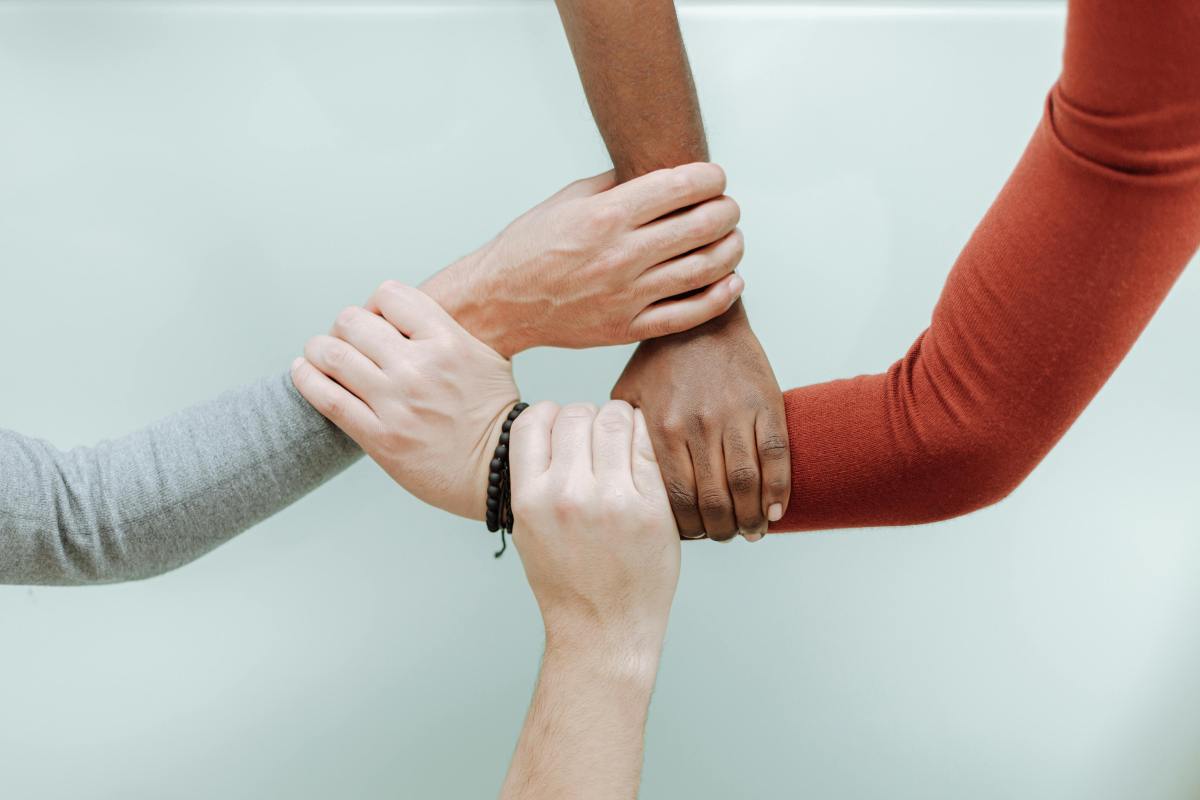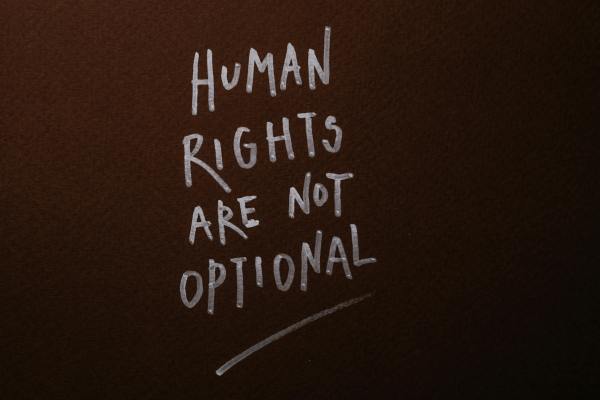The Universal Declaration of Human Rights (UDHR) is the document that sets out, for the first time, the human rights that must be protected throughout the world.
Proclaimed on 10 December 1948, which is why Human Rights Day is commemorated on that day, the declaration was a milestone in the protection of human rights,
The declaration has inspired and paved the way for the adoption of numerous human rights treaties, which have been applied permanently at the global, regional and national level.
As a curiosity, the Universal Declaration of Human Rights holds the Guinness World Record for being the most translated official document in the world, available in more than 500 languages.
Origin of the UDHR
In response to the Second World War, the UN was born on 24 October 1945, an organisation that emerged to replace the failed League of Nations, which had come into being in 1919 in the aftermath of the First World War. Three years later, in 1948, the General Assembly of the United Nations – one of the main UN bodies – adopted the Universal Declaration of Human Rights.
This Declaration, together with the International Covenant on Civil and Political Rights and the International Covenant on Economic, Social and Cultural Rights, make up the International Bill of Human Rights.
As the supranational organisation itself explains, this document enshrines ‘the inalienable rights to which every person is entitled as a human being, regardless of race, colour, religion, sex, language, political or other opinion, national or social origin, property, birth or other status’.
The Declaration was adopted by the 58 states that made up the General Assembly in 1948 (the UN now has 193 states), and consists of a preamble and 30 articles, which cover civil, political, social, economic and cultural rights.
Article 1: from human beings to human beings
The first article of the declaration literally reads: ‘All human beings are born free and equal in dignity and rights and, endowed as they are with reason and conscience, should behave towards one another in a spirit of brotherhood’.
The initial proposal of this article, which seemed to be final, spoke of ‘all men are born free and equal’, although the Indian representative, Hansa Mehta, managed to make the final wording more inclusive by referring to ‘all human beings’.
In addition to Hansa Mehta, many women were involved in the drafting of this historic document, including Elena Roosevelt (widow of US President Franklin D. Roosevelt, the first American president to appear on television), who served as chairperson of the Commission on Human Rights.
Human Rights at Telefónica
At Telefónica we are committed to respecting and promoting human rights throughout the value chain. The cornerstone of this commitment is the Global Human Rights Policy, which is approved by the Board of Directors. This policy formalises our commitment to human rights and is based on the United Nations Guiding Principles on Business and Human Rights, as well as other international human rights conventions and commitments.
As a telecommunications and technology company, digital rights are a priority issue for us. Some of these rights are privacy, data security and freedom of expression, and we work diligently to promote and respect each of them.
If you want to know more about Telefónica and human rights, visit the following website.










